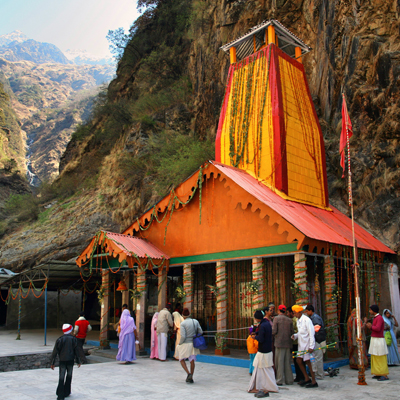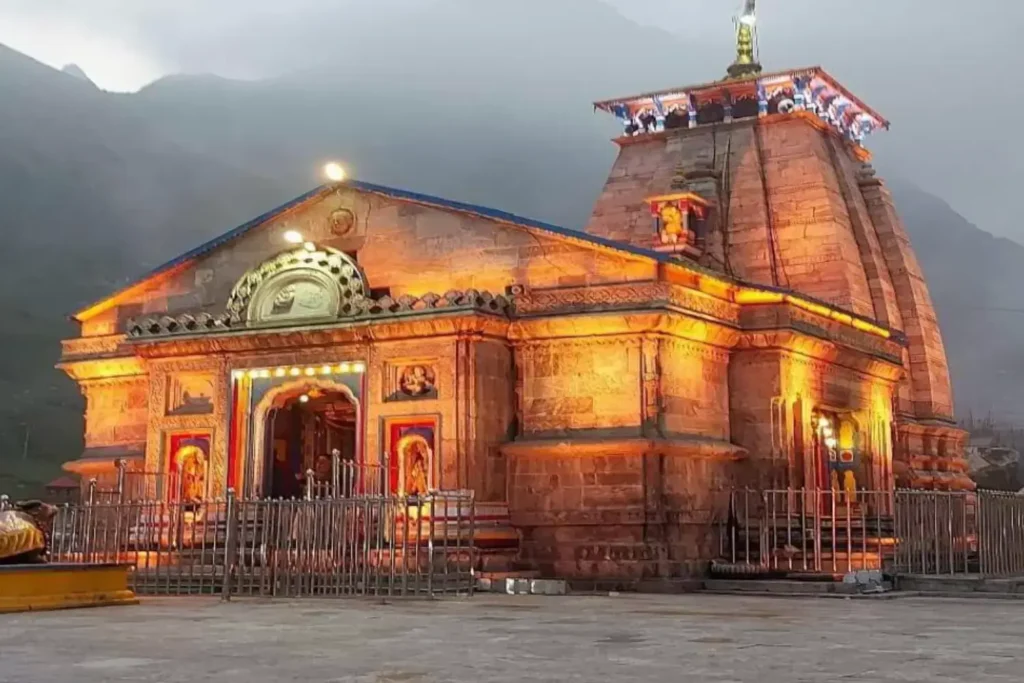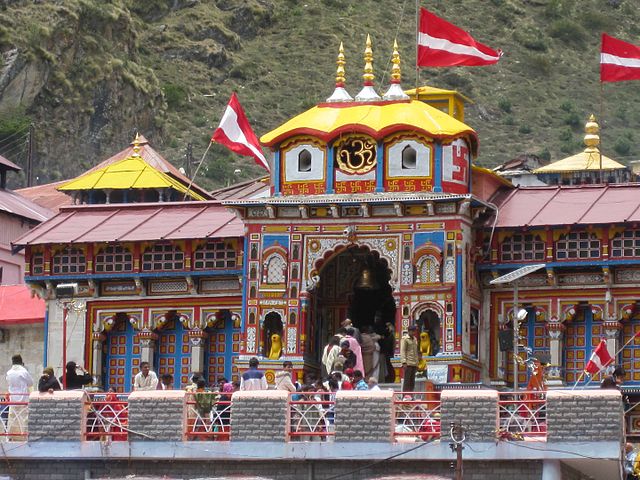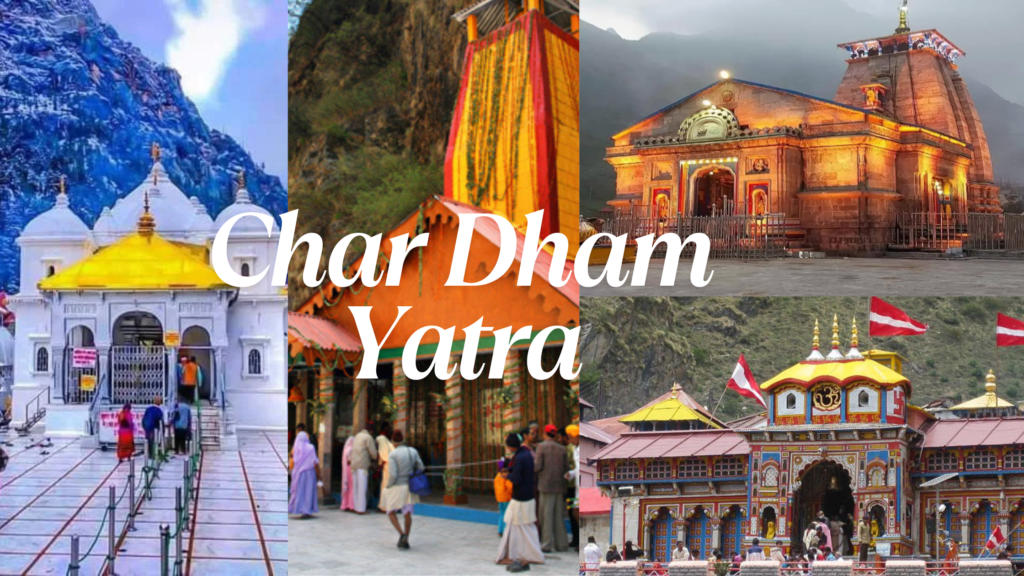India is a land of spiritual richness, and among its many sacred pilgrimages, the Char Dham Yatra holds a place of unparalleled reverence. The term “Char Dham” refers to four holy sites — Yamunotri, Gangotri, Kedarnath, and Badrinath — nestled in the lap of the majestic Himalayas in the state of Uttarakhand. Embarking on the Char Dham Yatra is not just a religious journey; it’s a life-transforming experience that combines spirituality, adventure, and natural beauty.
In this guide, we’ll walk you through everything you need to know about the Char Dham Yatra — significance, detailed information about each dham, planning tips, starting and ending points, and government initiatives to facilitate the journey.
What is the Char Dham Yatra?
The Char Dham Yatra in Uttarakhand, often referred to as the “Chhota Char Dham” to differentiate it from the bigger Char Dham circuit across India (Badrinath, Dwarka, Puri, Rameswaram), includes Yamunotri, Gangotri, Kedarnath, and Badrinath. Hindus believe that undertaking this yatra washes away one’s sins and helps attain Moksha (salvation).
Traditionally, the yatra begins from the west — Yamunotri, moving eastwards to Gangotri, followed by Kedarnath, and finally ends at Badrinath.
The Four Dhams: Detailed Overview
1. Yamunotri Dham: The Source of River Yamuna

- Location: Uttarkashi District, Uttarakhand
- Altitude: 3,293 meters (10,804 ft)
- Significance:
Yamunotri is the sacred origin of the River Yamuna, which is revered as the sister of Yama (the God of Death). Bathing in the Yamuna is believed to absolve sins and protect from untimely death. - Main Attractions:
- Yamunotri Temple, built by Maharani Gularia of Jaipur in the 19th century.
- Surya Kund, a hot water spring where pilgrims cook rice and potatoes to offer to the deity.
- Divya Shila, a sacred stone near the temple, worshipped before entering the temple.
- Best Time to Visit: May to October
Trek Information:
The temple is not directly motorable; one needs to trek around 6 km from Janki Chatti.
2. Gangotri Dham: The Birthplace of River Ganga

- Location: Uttarkashi District, Uttarakhand
- Altitude: 3,100 meters (10,200 ft)
- Significance:
Gangotri marks the origin of the holy River Ganga, which descended from heaven to earth at the behest of King Bhagirath to cleanse the souls of his ancestors. - Main Attractions:
- Gangotri Temple, a white granite structure built by the Gorkha General Amar Singh Thapa in the early 18th century.
- Bhagirath Shila, where King Bhagirath meditated.
- Gomukh Glacier, the actual source of the Ganga, located about 18 km upstream.
- Best Time to Visit: May to October
Tip:
Pilgrims often trek to Gomukh for a deeper spiritual experience, though it requires a special permit.
3. Kedarnath Dham: The Abode of Lord Shiva

- Location: Rudraprayag District, Uttarakhand
- Altitude: 3,583 meters (11,755 ft)
- Significance:
Kedarnath is one of the twelve Jyotirlingas and is dedicated to Lord Shiva. Legend has it that after the Kurukshetra war, the Pandavas sought Shiva’s blessings for forgiveness, leading to the establishment of this shrine. - Main Attractions:
- Kedarnath Temple, believed to be over 1,000 years old, made of massive stone slabs.
- Bhairavnath Temple, guardian deity of the Kedarnath shrine.
- Samadhi of Adi Shankaracharya, located behind the temple.
- Best Time to Visit: May to November
Trek Information:
After the 2013 floods, the base for the trek was moved to Gaurikund, and the trek is around 16-18 km.
Helicopter Services:
Available from Phata, Sersi, Guptkashi, and Sitapur for those unable to trek.
4. Badrinath Dham: The Seat of Lord Vishnu

- Location: Chamoli District, Uttarakhand
- Altitude: 3,300 meters (10,827 ft)
- Significance:
Badrinath is dedicated to Lord Vishnu in his aspect of Badri Narayan. It’s part of the Bigger Char Dham as well (Badrinath, Dwarka, Puri, and Rameshwaram). - Main Attractions:
- Badrinath Temple, founded by Adi Shankaracharya in the 8th century.
- Tapt Kund, a natural hot water spring for ritual bathing.
- Mana Village, the last Indian village before the Tibet border.
- Vyas Gufa and Ganesh Gufa, where Maharishi Vyas composed the Mahabharata.
- Best Time to Visit: May to October
Importance of the Char Dham Yatra
- Spiritual Significance:
Undertaking the yatra is said to cleanse the soul of all sins and help achieve liberation. - Cultural Unity:
It brings people from all over India together, irrespective of caste, creed, or background. - Personal Growth:
The challenges of the journey — rough terrains, thin air, and unpredictable weather — test one’s endurance, patience, and faith.
Planning for Char Dham Yatra: Essential Tips
- Best Time:
- May to June (pleasant weather)
- September to October (after monsoon rains)
- Registration:
The Uttarakhand government has made registration mandatory. You can register online or at various counters en route. - Health Check:
- Get a medical check-up done.
- Carry altitude sickness medicines.
- Elderly travelers should consult doctors before planning.
- Packing Essentials:
- Warm clothes (even in summer)
- Raincoat and waterproof shoes
- Sunscreen, sunglasses, cap
- First aid kit
- Identity proofs and necessary documents
- Accommodation:
- Hotels, Dharamshalas, and GMVN (Garhwal Mandal Vikas Nigam) guest houses are available.
- Book early during peak seasons.
- Transportation:
- Well-connected by road from Haridwar, Rishikesh, Dehradun.
- Helicopter services are available for Kedarnath and Badrinath.
Where Does the Char Dham Yatra Start and End?
- Start Point:
Most pilgrims start from Haridwar or Rishikesh. - Route:
- Yamunotri → 2. Gangotri → 3. Kedarnath → 4. Badrinath
- End Point:
The yatra traditionally concludes after visiting Badrinath.
Government Initiatives for Char Dham Yatra
The Government of India and the Uttarakhand State Government have undertaken several initiatives to ease and promote the Char Dham Yatra:
- Char Dham Highway Project:
A massive infrastructure project aimed at widening the roads leading to the four dhams, making travel faster and safer. - Helicopter Services:
Regular helicopter services have been expanded to help the elderly and differently-abled pilgrims. - Emergency Services:
Improved medical aid centers, ambulance facilities, and disaster management systems have been deployed. - Mobile Apps:
Official apps for live updates, weather alerts, registration, route maps, and emergency contacts. - Cleanliness Drives:
“Swachh Char Dham” campaigns for waste management and maintaining hygiene around the temples. - Digital Registration & E-Passes:
To monitor pilgrim numbers, prevent overcrowding, and ensure smooth operations.
Final Thoughts
The Char Dham Yatra is not just a pilgrimage — it’s a soul-stirring journey through the majestic Himalayas, tracing rivers that nourish India’s heartland and visiting shrines that have stood for millennia. It demands physical stamina, spiritual devotion, and meticulous planning. With the government’s infrastructural improvements and the incredible natural beauty that envelops these sacred sites, embarking on this holy expedition in 2025 promises to be an unforgettable experience.
If you’ve been yearning for a spiritual retreat that also tests your resilience and connects you to the divine, Char Dham Yatra should definitely be on your bucket list.
Read more about Spirituality & Wellness on Popnewsblend.
Get more information on 13 Jyotirlingas of Lord Shiva and Know About Rudraksha Types & Benefits.

Hi, I’m Prashant Jain — a curious soul, storyteller, and content creator at heart.I’ve always been drawn to the world of entertainment, travel, sports, health & lifestyle — not just as a writer, but as someone who genuinely lives these experiences. Whether I’m binge-watching the latest OTT series, exploring offbeat spiritual destinations in India, or diving deep into wellness routines and cricket match insights, I love sharing what I discover with like-minded readers.
PopNewsBlend is my way of blending personal journeys with meaningful stories — ones that inform, inspire, and keep you ahead of the curve. Everything I write comes from real observations, hands-on experiences, and a deep passion for understanding the world around us.
Discover more from Popnewsblend
Subscribe to get the latest posts sent to your email.








Pingback: Rudraksha Guide: Types, Benefits, Wearing Rules, Maintenance & Mantras
Pingback: 13 Jyotirlingas of Lord Shiva: Locations, Legends & Spiritual Significance (India & Nepal)
Pingback: Top 10 Temples in South India You Must Visit Once in Life Time